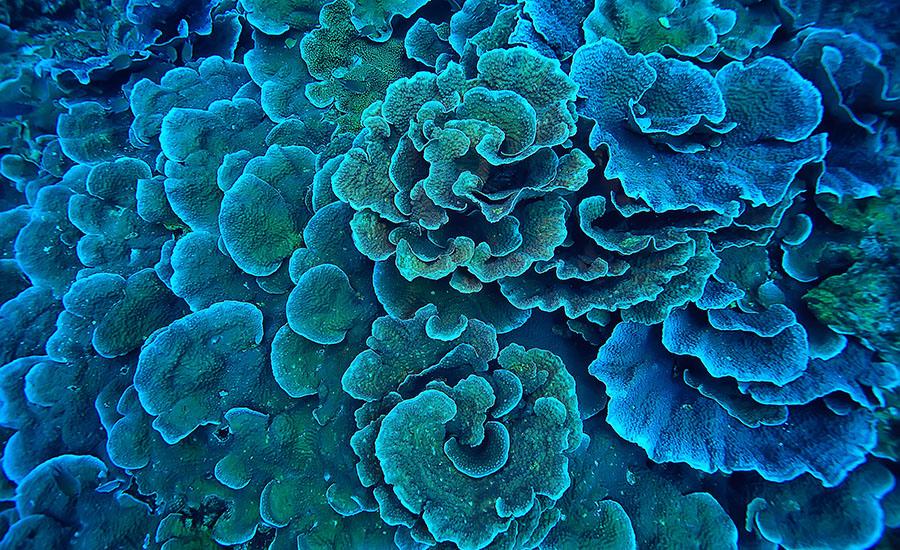
Tide Pools Ecosystem: Human Impact
This lesson plan includes ideas and materials to last for 5 days. The students will be learning about human impact on tide pools and engineering their own solution. On the first day will be about creating an example tide pool in your classroom and showing possible human impact on tide pools. The second day will allow students to read an article about human impact on tide pools and to start brainstorming what they could engineer as a solution to one of those impacts with their group. On the third day they will build their solution with their groups and on the fourth day they will reflect and write about it. Finally they will present their creation with the class! The materials for creating a tide pool in your classroom include: disposable roasting pan, pitcher of water, tub for extra water to go into, sand, rocks, small pieces of “trash”, food coloring, shells and small marine animals (optional). Some of the materials you could allow the students to use for engineering include but are not limited to: A wide variety of things students can use to engineer- straws, popsicle sticks, duck tape, masking tape, cardboard, paper, foil, wax paper, coffee filters, paper plates, etc.There are also two Google Doc's included so you can make copies or share with students.
Lesson Grade Level
6th GradeLesson Plan Link/URL
https://docs.google.com/presentation/d/1YuD-6tl1HQMVFEXEoCHEaX26enHkSyOi/edit?u…Subject Area
Science Earth and Space Science E1: Earth Systems Life Science L2: Organisms & Energy Engineering WritingRelated Content

Students will look at structures that allow animals to safely cross a roadway in this lesson. After reading "Crossings: Extraordinary Structures for Extraordinary Animals", they will research an

I can use the engineering process to create a shock absorbing system that will protect two “astronauts” in a lander as it is dropped from various heights on the moon.

In this lesson, students will design and build a birdhouse from everyday materials. Allow at least 4 days to complete this lesson. This is the final lesson of the American Kestrel Unit.